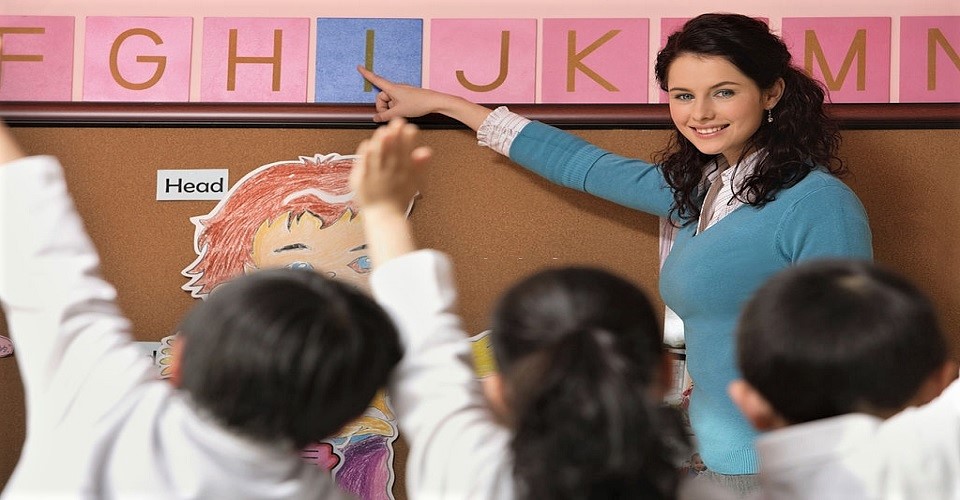Top 5 of 21st Century Teaching Traits and How Do They Help Special Children
23rd May 2020

There is no doubt that teachers are the foundation stone of children’s overall development. Now, when it comes to teaching the children with special needs, teaching professionals must acquire some unique and essential teaching traits that help out special children to deal with physical and cognitive special needs. A successful teacher in true sense offers encouragement and support so that learners can accomplish success both inside and outside of the classroom.
A career in being a SEN professional is in high demand, and apart from the mandate qualifications, the enthusiasm and apprehension for SEN children are essential to be a good special education teacher. Generally, students are most influenced by the eminence of their teachers.
The top 5 teaching features of special education teachers have been listed below:
Relationship Building
As a special education teacher, you need to cultivate the skill to build up relationships with your special children in your class. A flourishing teacher grows relationships with learners. Talk with them; understand them and their needs, create the classroom environment in such a way that special children can feel comfortable. Specifically, you must be able to fabricate trusting relationships with your learners in order to create secure, positive, and prolific educational surroundings.
Strong Organizational Skills
In order to train and teach children with special needs, you need to organize them to achieve something. This is all the more significant. You need to give a constructive corporeal and educational arrangement to your SEN students. Why so because the special educational needs students struggle with expressing their feelings or communicating their wants. As a special education teacher, you have to be instinctive and engaging enough so that the needs can be anticipated and addressed within the time.
Being Empathetic
This is extremely necessary, because being awkward communicators, special needs children think the lessons are hard for them to grasp. They find difficulties in sharing their problems, sharing their emotions, and sometimes they don’t even communicate. You need to discover the emotional source of a particular behavioural problem by observing the dynamics of special needs children. By becoming empathetic, you can make the classroom the classroom setting inspiring from being too monotonous.
Resourcefully Creative
Every child has different kinds of learning styles, it is you who need to prepare the lessons in such a way that it works for the strong points of each child. You have to get creative in order to meet all of the children’s needs. Incorporate new and updated teaching techniques, so a special education teacher must remain alongside each of the special children with the most effective teaching-learning methods. You need to understand an IEP to make sure that the goals are being met. You can also discover a special child’s strengths and flaws by speaking with the child’s family.
Service-Oriented
The most winning special educators are proficient in offering encouragement when special needs students feel crushed. Untiring happiness for teaching the children with special needs with a service-oriented approach is fundamental personality traits for the role. The commitment bridges the gap in meeting the needs of these children with special needs students. You must be able to feel affection for special needs students and accept them as they are.
Apart from the above-mentioned top five teaching traits, it is vital for a special education teacher to learn the different learning styles, how to manage a classroom, how to bring multiplicity in the classroom along with the awareness of the assistive technology. These are the core components of the different online courses for special education certification programs. Special education teachers entail a number of proficiencies that are different from traditional educators.
The above characteristics are just a few features that form a surrounding that works best for children with special needs.

